Yoga Blog
Unlocking Inner Peace: Exploring the Deep Breathing Benefits in Your Yoga Practice
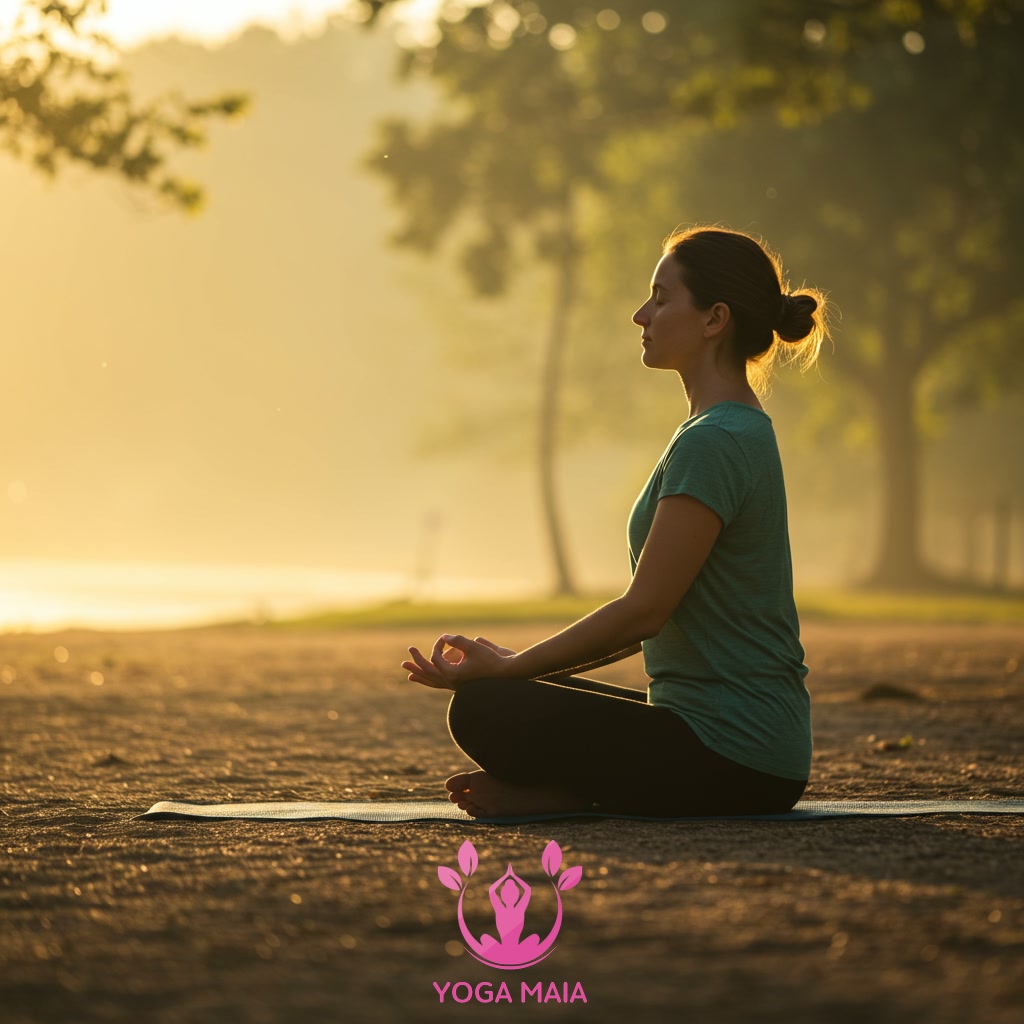
This content explores the significant advantages of incorporating deep breathing techniques into your yoga routine. It delves into how mindful respiration enhances the physical and mental aspects of the practice. By focusing on breath, individuals can cultivate a deeper sense of calm and unlock pathways to inner peace, transforming their yoga experience.
Table of Contents
- Section 1: The Foundation: Understanding the Breath-Mind Connection in Yoga
- Section 2: Pranayama Unveiled: Types of Deep Breathing Techniques in Yoga
- Section 3: Physiological Benefits: How Deep Breathing Impacts Your Body
- Section 4: Mental and Emotional Benefits: Cultivating Calm and Focus
- Section 5: Integrating Conscious Breath into Your Yoga Asana Practice
- Section 6: From Breath to Bliss: Unlocking Inner Peace Through Mindful Respiration
- Section 7: Establishing a Daily Practice: Consistency for Lasting Serenity
Section 1: The Foundation: Understanding the Breath-Mind Connection in Yoga
In yoga, the breath, known as Prana, is not merely an automatic function but a powerful tool and the very foundation of the practice, often considered even more fundamental than the physical postures (asana). Understanding the profound connection between your breath and your mental state is key to unlocking the deeper benefits of yoga. By consciously controlling and observing the breath, you directly influence the fluctuations of the mind. Slow, steady breathing calms the nervous system, reduces stress, and quiets the internal chatter, creating a state of mental clarity and presence. This deliberate link between respiration and thought processes is the initial step in cultivating mindfulness and building a stable base for exploring inner peace within your yoga journey.
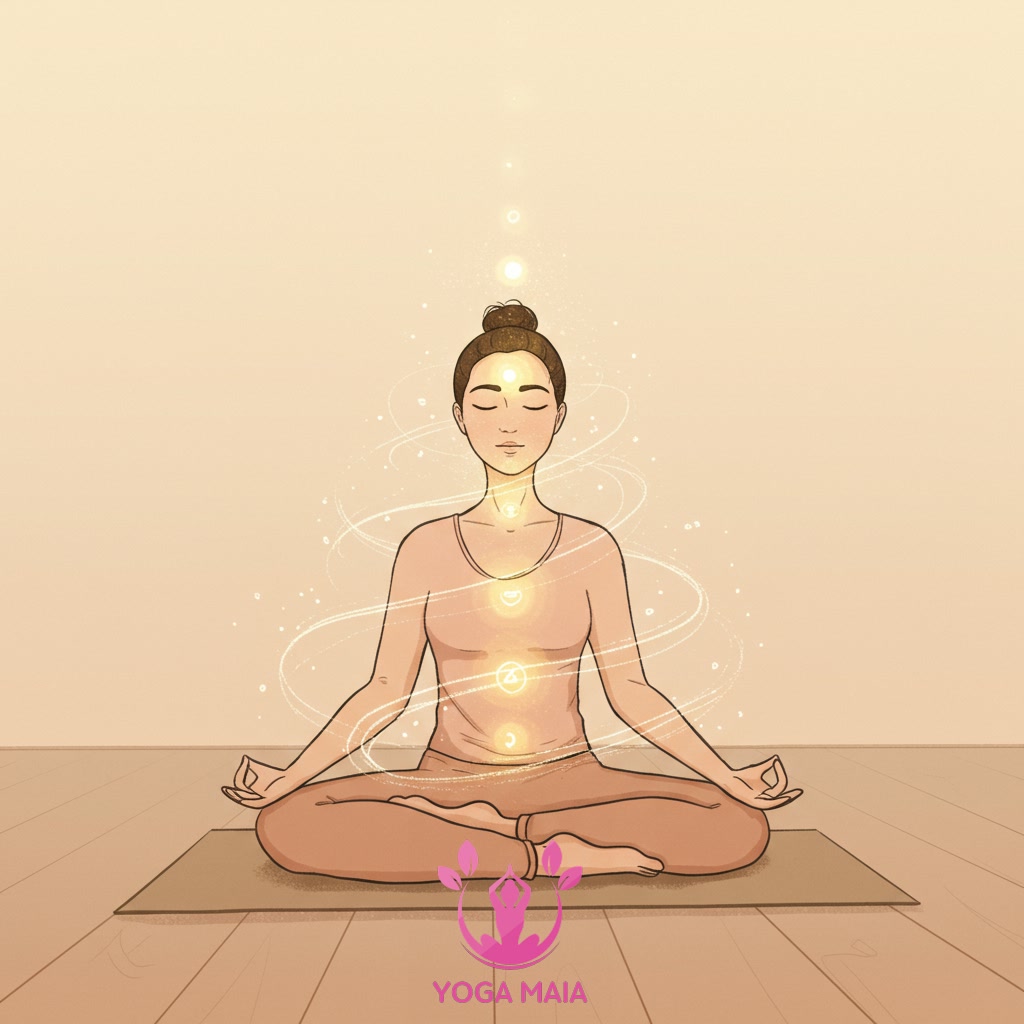 The Foundation: Understanding the Breath-Mind Connection in Yoga
The Foundation: Understanding the Breath-Mind Connection in Yoga
Section 2: Pranayama Unveiled: Types of Deep Breathing Techniques in Yoga
Building upon the understanding that breath is fundamental in yoga, this section unveils Pranayama, the formal practice of breath control. Pranayama techniques are designed to regulate the flow of prana, the vital life force, through focused inhalation, retention, and exhalation. Various methods exist, each with unique benefits. For instance, Ujjayi breath, often called “victorious breath,” involves a gentle constriction in the throat creating an ocean-like sound, promoting focus and internal heat. Nadi Shodhana, or alternate nostril breathing, is used to balance energy channels, calming the mind and preparing it for meditation. Exploring these diverse techniques allows practitioners to deepen their connection to their breath and unlock profound physical and mental benefits, moving beyond simple automatic respiration to conscious, powerful energy direction within their practice.
 Pranayama Unveiled: Types of Deep Breathing Techniques in Yoga
Pranayama Unveiled: Types of Deep Breathing Techniques in Yoga
Section 3: Physiological Benefits: How Deep Breathing Impacts Your Body
Building on the principles of Pranayama, the practice of deep breathing directly impacts the physical body in numerous beneficial ways. By consciously expanding the diaphragm, you increase oxygen intake, which is then efficiently transported throughout the bloodstream to muscles and organs. This enhanced oxygenation helps to energize the body and improve cellular function. Deep, slow exhalations activate the parasympathetic nervous system, often referred to as the ‘rest and digest’ system. This action helps to lower heart rate and blood pressure, reducing physical tension and promoting a state of calm throughout the body. Regular practice can also improve lung capacity and efficiency over time, making everyday breathing easier and more natural.
 Physiological Benefits: How Deep Breathing Impacts Your Body
Physiological Benefits: How Deep Breathing Impacts Your Body
Section 4: Mental and Emotional Benefits: Cultivating Calm and Focus
Moving beyond the physical, integrating deep breathing into your yoga practice profoundly impacts your mental and emotional state. By consciously slowing and regulating the breath, you activate the parasympathetic nervous system, which is responsible for the body’s ‘rest and digest’ response. This counteracts the ‘fight or flight’ reaction often triggered by stress, leading to a significant reduction in anxiety and tension. The focused attention required for mindful breathing anchors your awareness in the present moment, effectively quieting the incessant chatter of the mind and enhancing concentration. This cultivated mental stillness fosters a profound sense of calm, clarity, and emotional balance, allowing you to navigate challenges with greater ease and access a deeper sense of inner peace both on and off the mat.
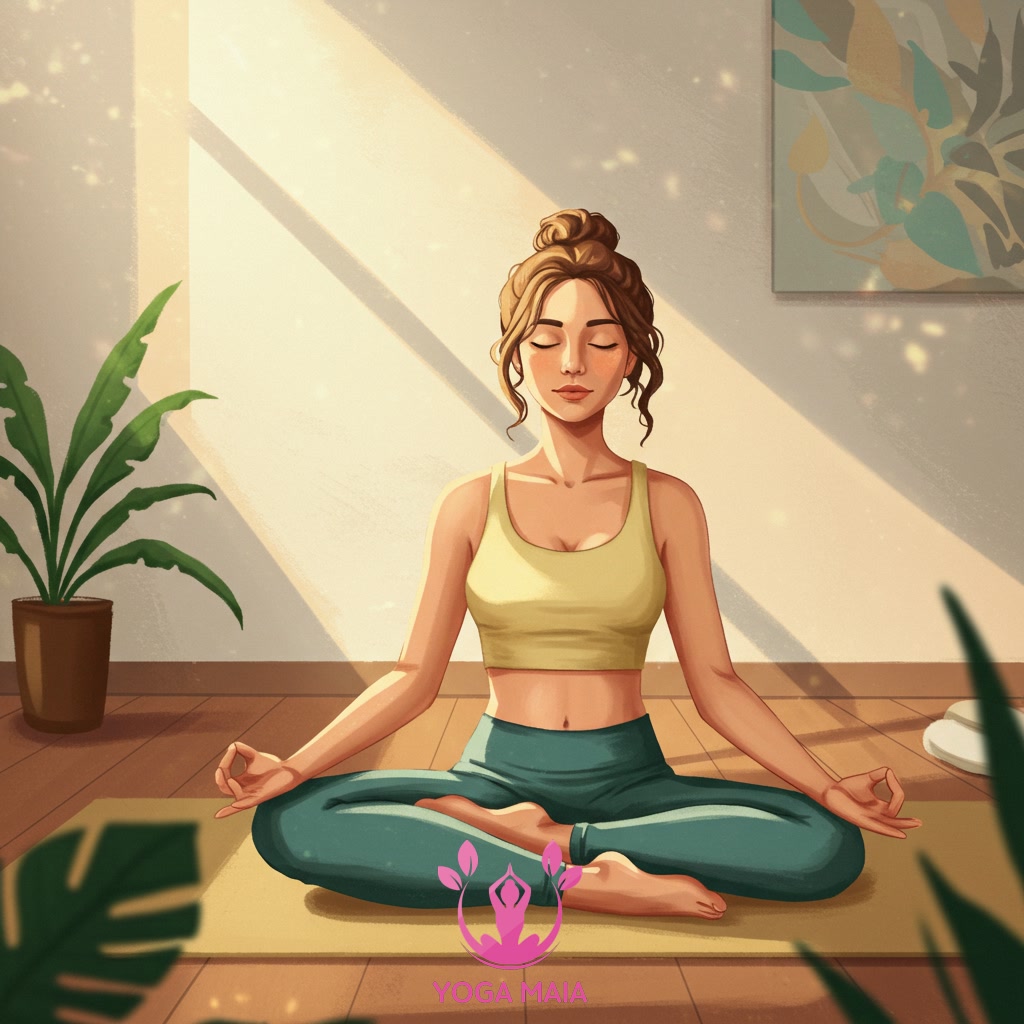 Mental and Emotional Benefits: Cultivating Calm and Focus
Mental and Emotional Benefits: Cultivating Calm and Focus
Section 5: Integrating Conscious Breath into Your Yoga Asana Practice
Building upon the foundation of mental calm achieved through conscious breath, the next step is seamlessly weaving this awareness into the physical practice of yoga asanas. This involves coordinating each inhalation and exhalation with specific movements. As you transition into a pose or expand, consciously inhale, using the breath to create space and length. Conversely, as you deepen a stretch, fold forward, or twist, exhale fully, releasing tension and sinking deeper into the posture. This deliberate linking of breath and movement transforms the asana from a static shape into a dynamic, mindful experience. It enhances physical stability, allows for deeper, safer exploration of poses, and keeps your attention anchored firmly in the present moment, turning the physical practice itself into a moving meditation.
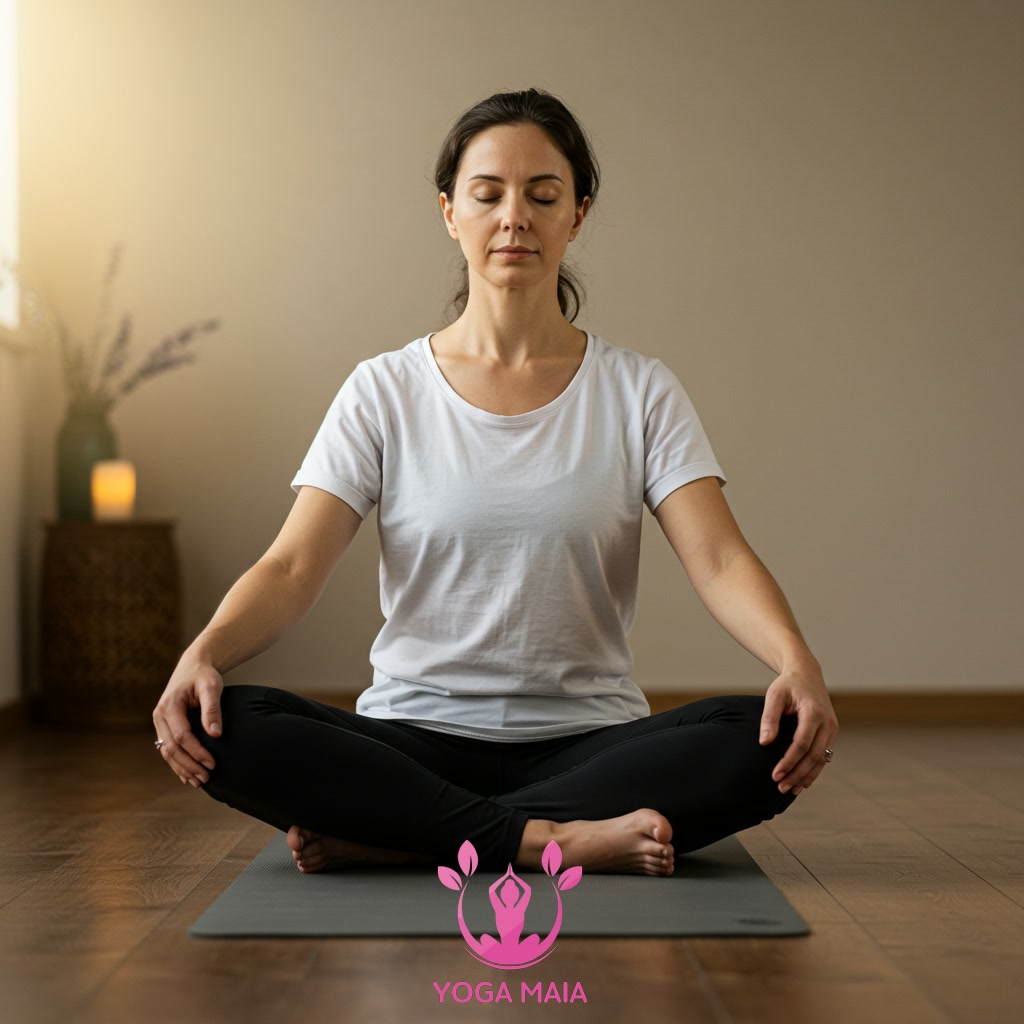 Integrating Conscious Breath into Your Yoga Asana Practice
Integrating Conscious Breath into Your Yoga Asana Practice
Section 6: From Breath to Bliss: Unlocking Inner Peace Through Mindful Respiration
Building upon the integration of conscious breath into yoga postures, the path from mindful respiration to inner peace unfolds. By consciously connecting with each inhale and exhale while moving through or holding asanas, practitioners anchor themselves in the present moment. This deliberate focus on the breath acts as a powerful tool to quiet the incessant chatter of the mind, reducing anxiety and fostering a profound sense of calm. As the nervous system settles and mental distractions fade, a deeper awareness of the body and the subtle flow of energy emerges. This heightened state of presence, cultivated breath by breath, transcends mere physical exercise, opening pathways to a state of serene tranquility and unlocking the feeling of inner peace often described as bliss within the practice.
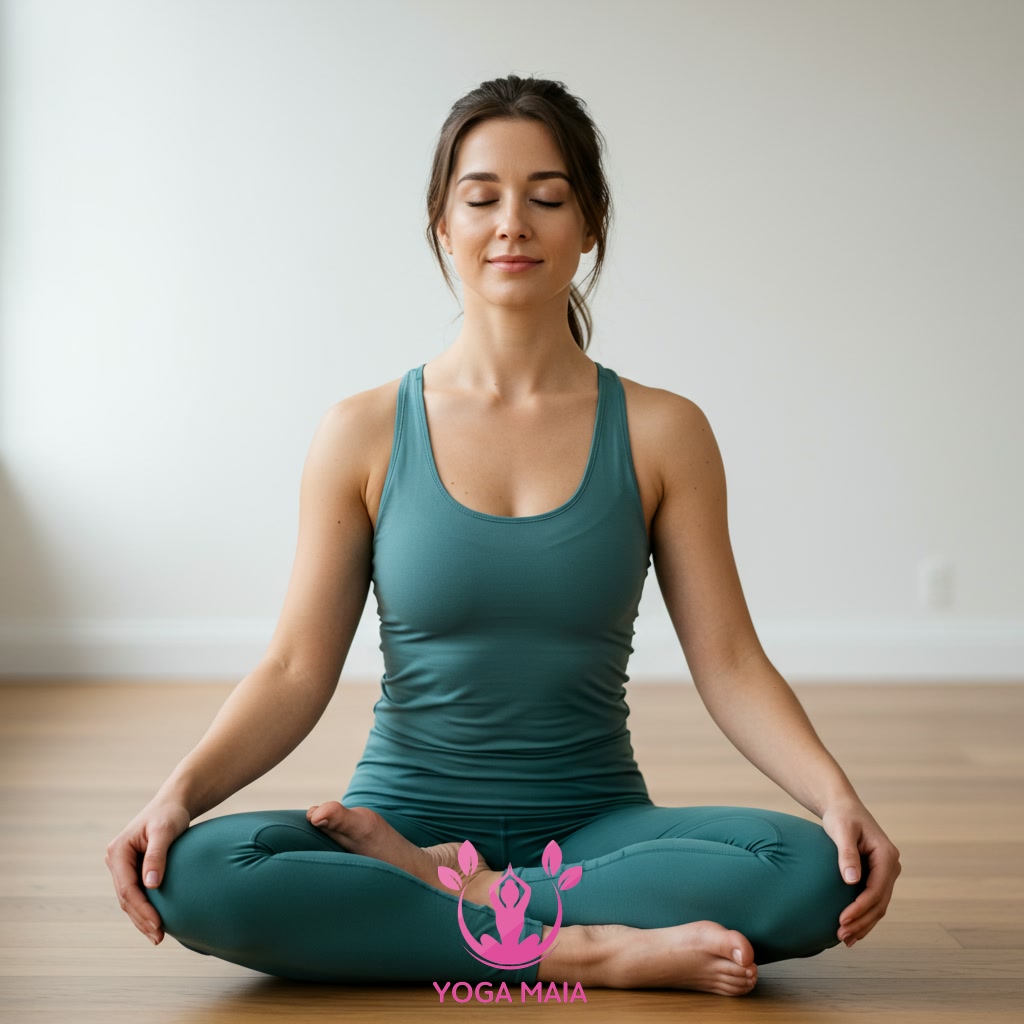 From Breath to Bliss: Unlocking Inner Peace Through Mindful Respiration
From Breath to Bliss: Unlocking Inner Peace Through Mindful Respiration
Section 7: Establishing a Daily Practice: Consistency for Lasting Serenity
Building upon the integration of conscious breath into yoga postures, the path from mindful respiration to inner peace unfolds most effectively through regularity. Establishing a daily practice, even if only for a short duration, cultivates consistency. This consistent effort helps to solidify the connection between breath awareness and physical sensation, making the benefits of deep breathing more accessible and profound over time. Regular practice builds resilience, allowing you to carry the sense of calm and clarity cultivated on the mat into your daily life. It’s this steady, unwavering commitment that transforms transient moments of peace into a lasting state of serenity, anchoring you amidst life’s fluctuations.
 Establishing a Daily Practice: Consistency for Lasting Serenity
Establishing a Daily Practice: Consistency for Lasting Serenity












